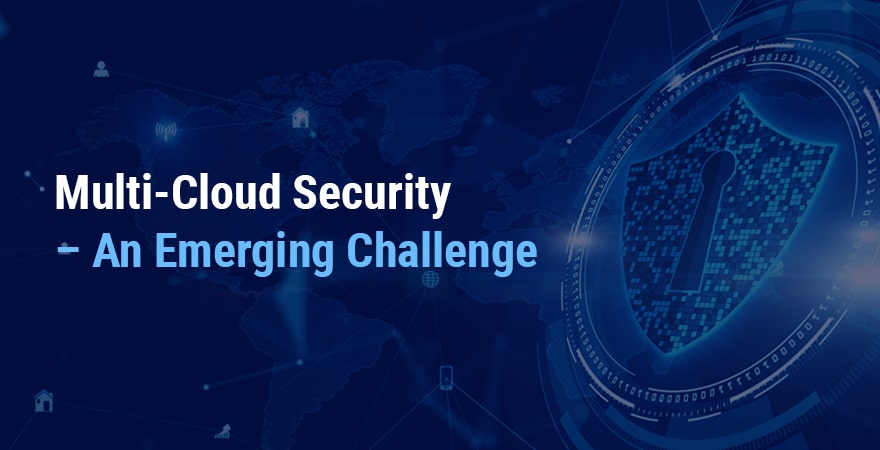In the post pandemic era, Cloud Computing solutions have become a no-brainer for both commercial as well as Federal and State organizations. These days, the Cloud is being adopted at a very fast pace, giving rise to cyber security challenges as well.

Like many other walks of life that were heavily impacted by Covid-19, Federal and State institutions were also faced with the challenge of enabling remote work. This already steep challenge was further complicated by the multitude of risks out there.
Over the past few years, we have observed cyber warfare become a major phenomenon. Now, it is common place to see governments officially alleging state sponsored cyber-attacks from un-friendly countries. This further raises the stakes in terms of security.
Related: How to Manage Hybrid and Multi Cloud Environment
Hybrid and Multi-Cloud Deployments
Now, we are witnessing a transition from hybrid cloud environments towards the multi-cloud. Organizations are quick to realize the benefits of the multi-cloud, efficiency, cost saving and prevention of vendor lock-in being the most notable ones.
However, a multi-cloud environment makes cyber security all that more challenging. In the multi cloud, there are so many variables at play that at times, it becomes difficult to plug each gap in security.
In this post, we will touch upon some key elements of securing multi-cloud environments.
Multi-Cloud Management
In the case of multi-cloud, there are many variables at play. So, managing such a complex environment is an up-hill and resource intensive undertaking. Things get further complicated when the element of malware and ransomware attacks is also introduced.
Financial constraints, regulatory compliance, developing the human capabilities and a larger attack surface are some of the most notable challenges in managing the multi-cloud. To pull this off, your organization needs a well chalked out and cohesive strategy.
Related: How to Better Secure Multi-Cloud Environments?
One Size Fits All Does Not Work
When it comes to multi-cloud security, a ready made security product or “one size fits all” approach does not work. Each vital functional area of an organization needs to be on-board to make the process seamless and effective. In the multi-cloud, the role of your Cloud Service Provider is more of a facilitator or integrator. As you control the multi-cloud environment at the end of the day, the lead has to be taken by the deploying entity when it comes to cyber security.
Related: What to Consider When Going Multi-Cloud?
From a Reactive to Proactive Approach
The modern day cyber security challenges warrant a shift from a reactive to a pro-active approach. This is by far the only and most effective means that can lead to a secure multi-cloud environment at the end of the day.
A core element of this approach is tracking your data and mission critical applications. Further, you need to develop a deep understanding of how your employees interact with these resources, in order to plug the internal vulnerabilities and fend off external threats.
Related: Multi Cloud Proving a Great Fit for Banking Industry
On-Going Monitoring Is a Must
Security should always be taken as a journey, where there is no room for complacency. You need to constantly monitor the network traffic, especially the inter-cloud activity as that is the best place to identify anomalies or un-usual patterns.
Conclusion
Any multi-cloud environment makes security all that more challenging. However, the obvious advantages of multi cloud make it a strong value proposition for deploying entities, both in the short and long term. So, you need to embrace this challenge.
Feel free to Contact dinCloud for the industry’s most secure and versatile cloud solutions for multiple use cases.


